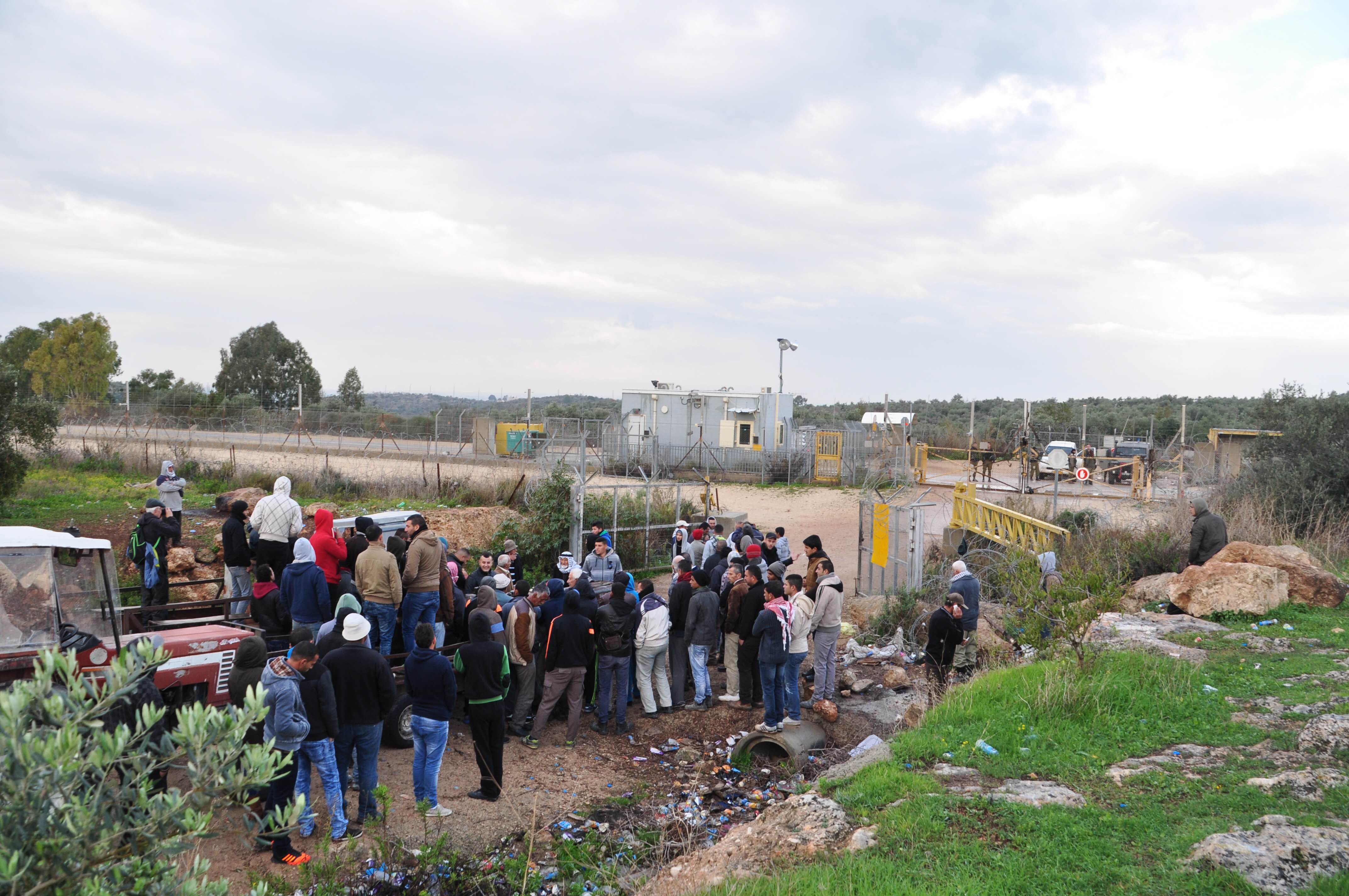Tag: Farmers
-
Israeli forces rebuild roadblock in Kafr Qaddum
16th January 2016 | International Solidarity Movement, Tulkarem team | Kafr Qaddum, occupied Palestine On the 16th of January, Israeli forces shot a young protester with live ammunition while the villagers of Kafr Qaddum were protesting the theft of their land. The Israeli military also rebuilt a roadblock, restricting the movement of the villagers even further.…
-
Shufa village threatened as Israeli forces begin to excavate Palestinian land
4th January 2016 | International Solidarity Movement, Tulkarm Team | Shufa village, occupied Palestine On the 22nd of December, Israeli forces started excavating land belonging to the Palestinian village of Shufa. Residents fear the possibility of settlement expansion will threaten the future of their village. Shufa village is very close to Avne Hefez, an…
-
Farmers protest closure of gate blocking them from accessing their land
18th of December, 2015 | International Solidarity Movement, Tulkarm team | Deir al Ghsoon, occupied Palestine Hundreds of farmers protested on the morning of the 18th of December against the closure of an agricultural gate, which led Israeli commanders to agree to reopen the way. In 2002, 3200 dunumns of farmland got cut of from the…



